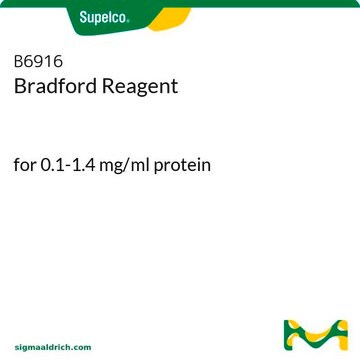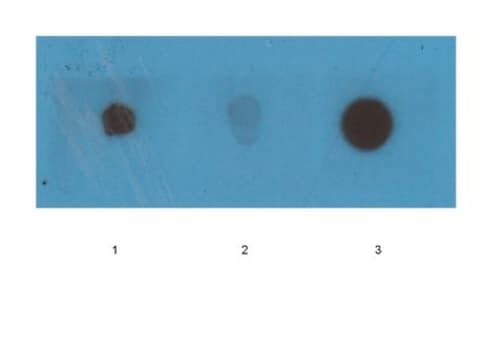When the time for rinse questions arises, it generally means the slides are rinsed in a particular solvent after the slides have been stained in the staining reagent. Protocols can and will vary for Thioflavine T. The procedure calls for deparaffinizing sections in the normal fashion. Slides are then stained in Mayers Hematoxylin for 2 minutes and washed in tap water for 3 to 5 minutes to blue the nuclei. Subsequently, the slides are stained for 3 minutes in the Thioflavine T solution. After this, the slides are rinsed in distilled water with no specified length of time. The slides are then differentiated in 1% acetic acid for 20 minutes, followed by a wash in running tap water for 2 minutes. Finally, the slides are blotted dry and mounted in an appropriate fluorescent mounting media. Other than the deparaffinization procedure, the slides are not rinsed in 80% alcohol. After the slides are blotted dry, there is no normal dehydration routine that is common to slides being mounted in a permanent mounting medium.













